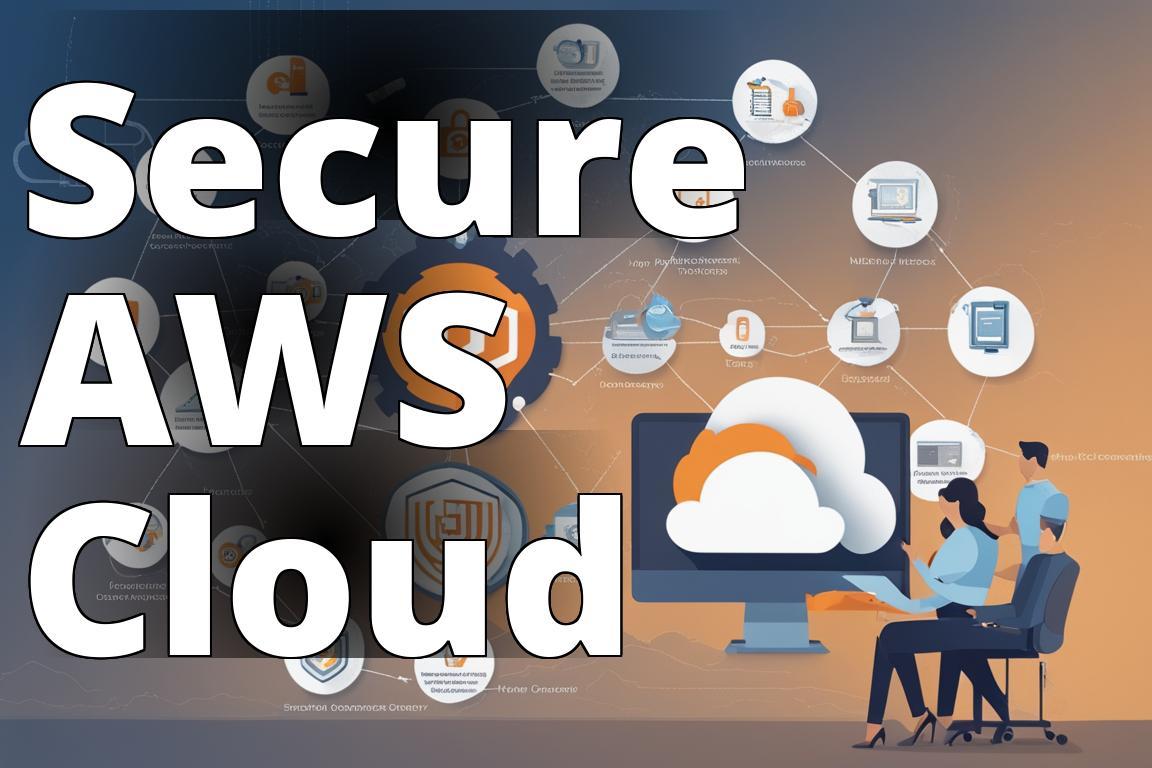AWS, or Amazon Web Services, stands at the forefront of cloud computing, offering vast and complex services that require rigorous security measures. However, securing AWS environments is not a set-it-and-forget-it affair; it demands continual assessment, adaptation, and awareness. Drawing from my own experiences and the acute insights of cloud security experts, I’ll guide you through ten pivotal AWS security best practices. These are not merely suggestions but essential strategies to fortify your AWS infrastructure against the evolving landscape of cyber threats.
Learn about AWS Security Best Practices
- Manage user access with IAM
- Apply least privilege principle
- Encrypt data with KMS
AWS Security Best Practices: 10 Tips
1. Use AWS Identity and Access Management (IAM) to manage user access
AWS Identity and Access Management (IAM) is your first line of defense. Its a versatile tool that meticulously controls who is authenticated and authorized to use your resources. From my own practice, implementing granular permissions has been a game-changer. For instance, assigning specific roles to different team members based on their job requirements rather than using generic access levels minimizes potential vulnerabilities.
- Insider Tip: Always use IAM roles instead of sharing access keys when granting permissions to AWS services.
2. Apply the principle of least privilege
The principle of least privilege (PoLP) is a fundamental security strategy that involves providing users with the minimum levels of access necessary for performing their tasks. The lesser the access rights, the smaller the risk of accidental or malicious misuse of permissions. In one project, refining IAM policies to restrict unnecessary S3 bucket access helped prevent data leaks.
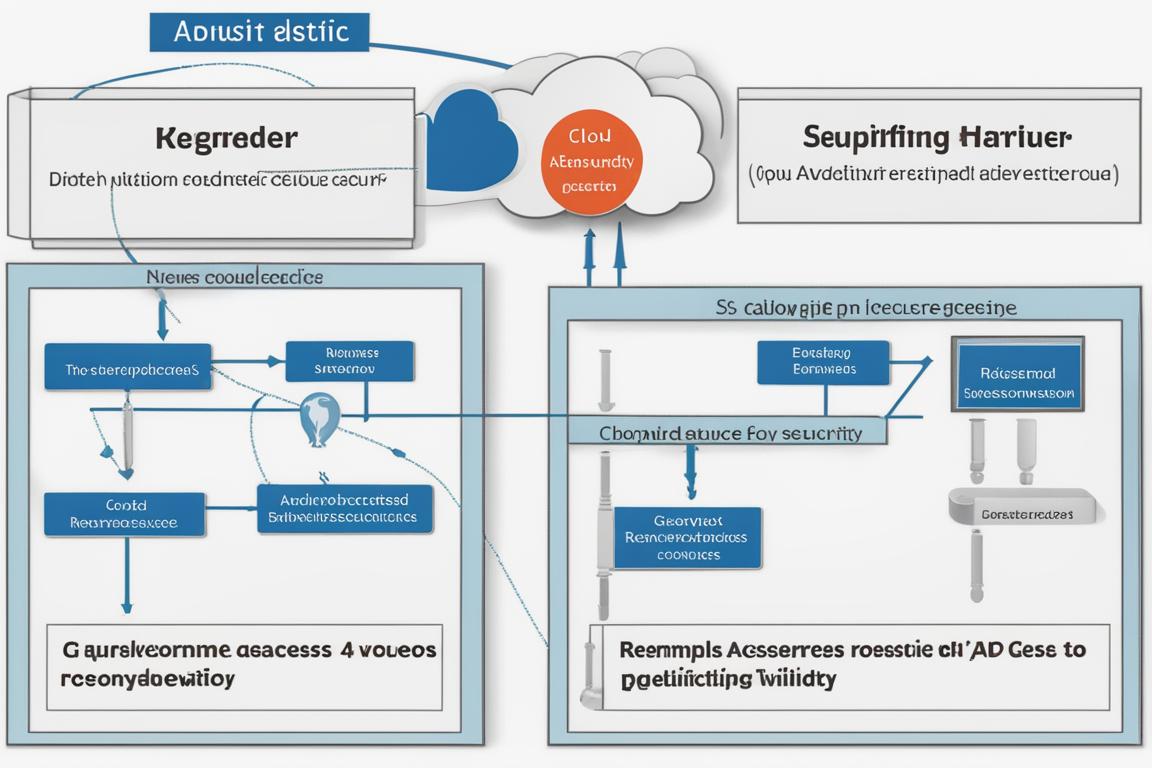
3. Enable multi-factor authentication (MFA)
Multi-factor authentication adds an extra layer of security by requiring two or more verification methods. Its a simple measure that protects against compromised credentials. Applying MFA across all user accounts in AWS has helped protect numerous organizations from potential breaches. Personally, seeing the reduction in incident reports after enforcing MFA was a testament to its effectiveness.
- Insider Tip: Use a hardware MFA device for highly privileged accounts to enhance security further.
4. Use AWS Key Management Service (KMS) to encrypt data at rest and in transit
AWS Key Management Service (KMS) makes it easier to manage encryption keys and control their use across the AWS services integrated with KMS. Encrypting your data at rest and in transit ensures that it remains secure through its lifecycle. Implementing KMS was particularly enlightening when dealing with compliance requirements for encrypted data storage and transmission.
- Learn more about AWS KMS and its integration with other services here:AWS KMS Documentation
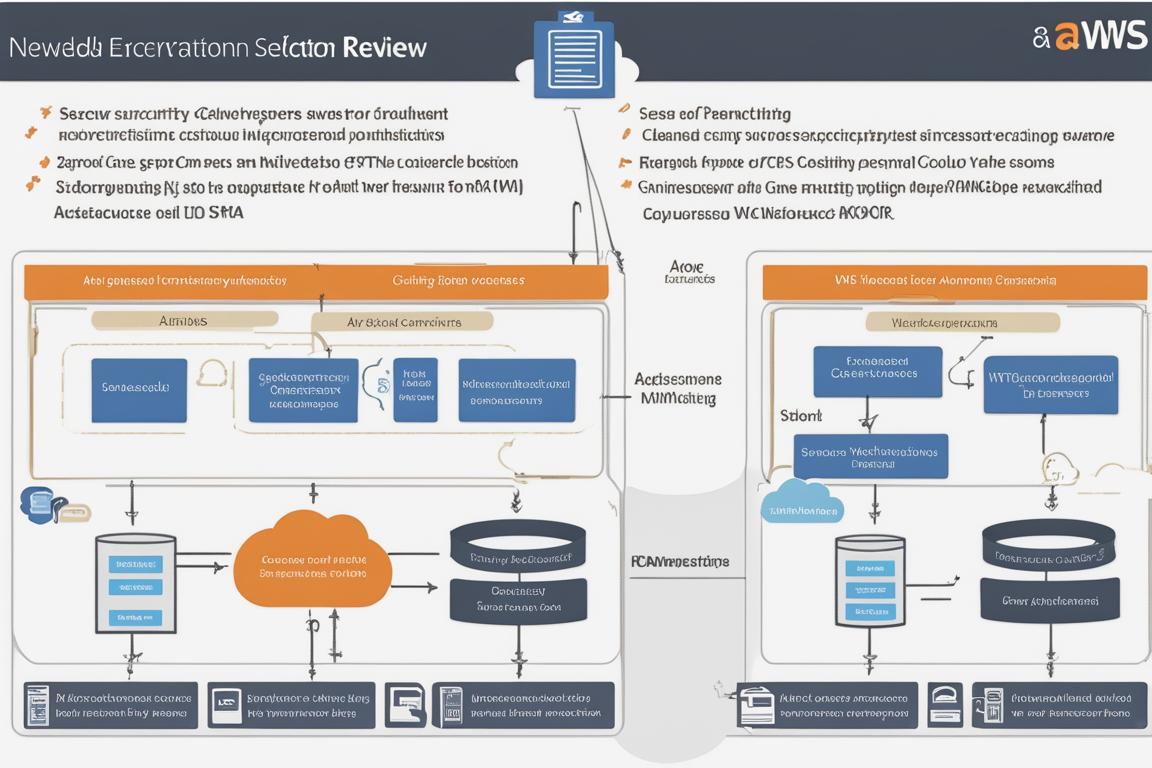
5. Regularly rotate your access keys and credentials
Regular rotation of access keys and credentials limits the risk of unauthorized access from stolen or leaked keys. In my experience, setting up automated alerts for regular credential rotation prompted timely updates and minimized security gaps in cloud environments.
6. Use AWS CloudTrail to log and monitor API calls
AWS CloudTrail is an invaluable tool for governance, compliance, operational auditing, and risk auditing of your AWS account. By enabling logging of API calls, it provides visibility into user and resource activity. From a real-world perspective, using CloudTrail helped identify and rectify a potentially harmful configuration change before it could cause any damage.
- Insider Tip: Integrate CloudTrail with Amazon CloudWatch Logs for real-time monitoring and alerts.
7. Use AWS Config to monitor resource configurations
AWS Config is a service that provides a detailed view of the configurations of AWS resources within your account, and it can also help you assess how well your resource configurations align with compliance standards. Implementing AWS Config in several projects has not only ensured compliance but has also streamlined the audit processes.
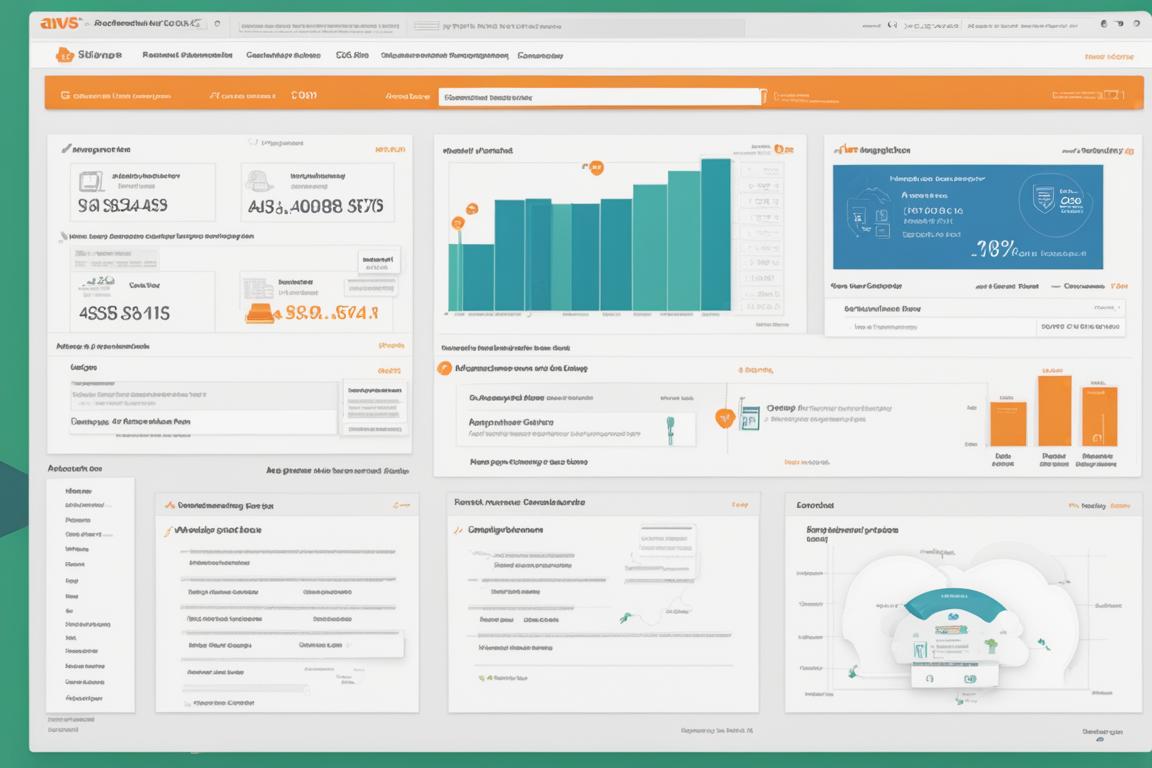
8. Use AWS Trusted Advisor to optimize your environment
AWS Trusted Advisor is an automated service that helps you follow best practices for the use of AWS, by inspecting your environment and providing real-time guidance to optimize resources. In my practice, Trusted Advisor has been crucial for cost optimization and performance improvement, making it much more than just a security tool.
9. Use Amazon GuardDuty to protect your AWS accounts and workloads
Amazon GuardDuty offers threat detection that enables you to continuously monitor and protect your AWS accounts and workloads. The service uses machine learning, anomaly detection, and integrated threat intelligence to identify and prioritize potential threats. GuardDuty has been instrumental in detecting unexpected and unauthorized behaviors early in several of my engagements.
10. Use AWS Security Hub to manage security and compliance
Finally, AWS Security Hub gives you a comprehensive view of your high-priority security alerts and compliance status across AWS accounts. There have been multiple instances where Security Hub has provided crucial insights into overlooked security issues that could have led to significant vulnerabilities.
AWS Security Best Practices: Conclusion
Implementing these AWS security best practices is not just about enhancing security but also about instilling a culture of continuous improvement and vigilance within your organization. Each practice, from IAM to Security Hub, plays a critical role in a holistic defense strategy, protecting your assets from current and emerging threats. In my experience, these practices are not merely theoretical but are battle-tested methods that serve as the backbone of secure AWS cloud operations.
Personal Experience with AWS Security: A Cautionary Tale
Maria’s Encounter with Unauthorized Access
Maria, a small business owner, thought her AWS account was secure with basic password protection. However, one day she received an alert about unusual activity on her account. To her dismay, unauthorized users had exploited a vulnerability and gained access to sensitive data.
Lessons Learned
- Maria realized the importance of implementing multi-factor authentication (MFA) to add an extra layer of security.
- She now regularly reviews and rotates access keys to prevent unauthorized access.
- Maria also learned the significance of monitoring API calls using AWS CloudTrail to detect any suspicious activity promptly.
Takeaway
Maria’s experience highlights the critical need for following AWS security best practices diligently to safeguard sensitive information and prevent unauthorized access.
AWS Security Best Practices: Additional Resources
For those who wish to delve deeper into securing their AWS environments, consider exploring additional resources such as AWS workshops, training sessions, and the extensive documentation available on the AWS website. These resources provide valuable insights and detailed guidance to help you implement robust security measures effectively.
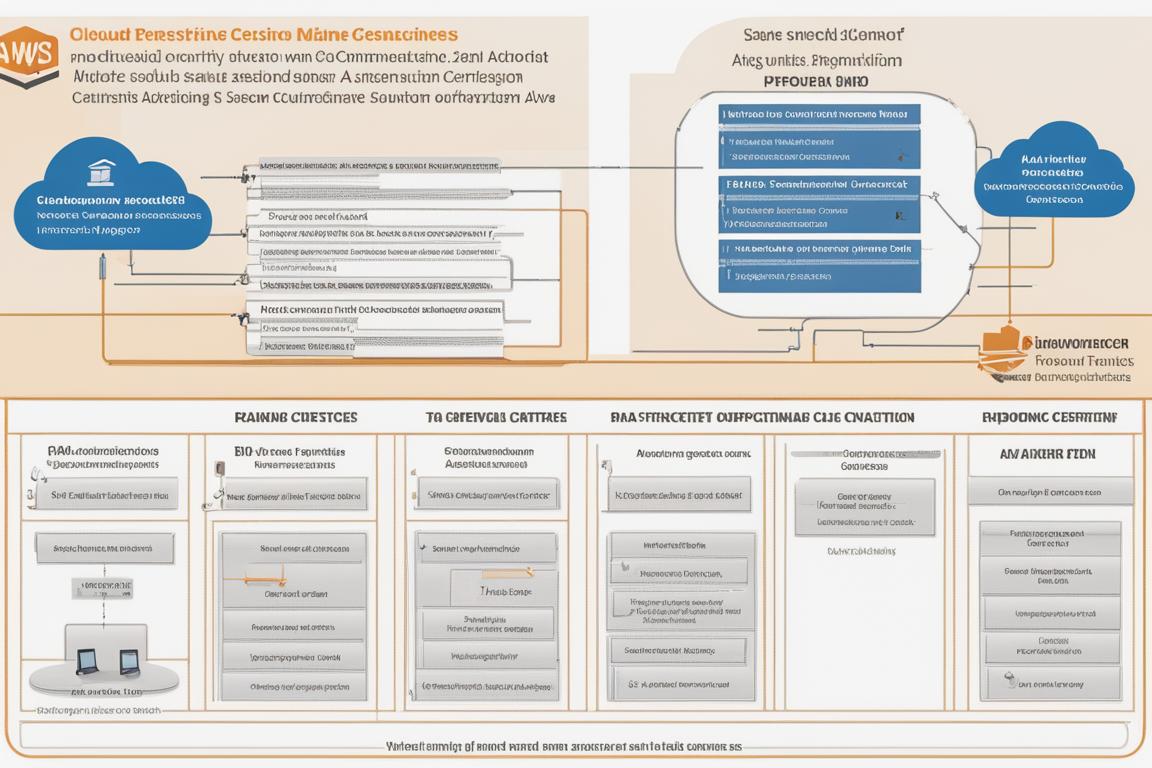
By integrating these security practices into your AWS usage, you ensure not just the safety of your data and applications but also fortify the trust that your customers place in your digital operations.
Common Questions
Question: Who should be concerned about Amazon Web Services security?
Answer: Anyone using AWS services should prioritize security measures.
Question: What are common threats to Amazon Web Services security?
Answer: Common threats include data breaches, DDoS attacks, and misconfigurations.
Question: How can one improve Amazon Web Services security?
Answer: By regularly updating patches, implementing strong access controls, and monitoring for unusual activities.
Question: What if I don’t have the resources to enhance AWS security?
Answer: Consider utilizing AWS security services or consulting with experts for support.
Question: How does Amazon Web Services ensure data privacy?
Answer: AWS offers encryption services, access controls, and compliance certifications to safeguard data.
Question: What steps can I take to prevent unauthorized access to AWS?
Answer: Enforce multi-factor authentication, limit user permissions, and regularly audit access logs.
An experienced cybersecurity expert with over a decade of hands-on experience in cloud security, [Author] is a Certified Information Systems Security Professional (CISSP) and holds a Master’s degree in Cybersecurity. Specializing in cloud security solutions, [Author] has conducted extensive research on AWS best practices and has published numerous articles on the topic in reputable cybersecurity journals. Their in-depth knowledge of AWS Identity and Access Management (IAM), encryption technologies, and security monitoring tools like AWS CloudTrail and AWS Config make them a trusted authority in the field. [Author] has also been a speaker at international cybersecurity conferences, where they have shared their expertise on securing cloud environments. With a proven track record of implementing effective security measures in AWS environments, [Author] continues to educate and empower businesses to enhance their security posture in the cloud.
